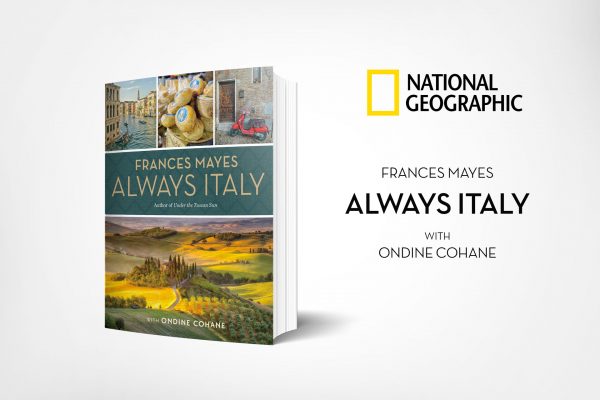Living in Pienza close to the Brunello-rich vineyards of Montalcino has its oenophile advantages: a supply of some of the best vintages at prices that are a fraction of those on wine lists in places like London or New York.

This weekend we had the opportunity to do a wine tour with Lauren Cicione, the owner of Tuscan Auteur, an outfitter that specializes in taking clients and collectors to smaller producers in Montalcino, and all over Italy, as well as organizing villa rentals and private chefs. Our first stop was Casa Raia, a tiny (only 1.5 hectares) but outstanding organic vineyard that only recently started their production of wines. Owner Pierre-Jean Monnoyer led us through the cantina and then a delicious tasting; I loved the 2008 Brunello, smooth and gentle, with soft tannins. The area is always gorgeous, but the orange and reds of the vines in fall made the landscape a particularly amazing sight.

Our next stop was to Castello di Argiano, a producer I know very well (as my husband and I had the great fortune to get married there). A visit to the estate is heavenly in itself: the former medieval hamlet overlooks vineyards and Monte Amiata in the distance, it has a picturesque castle sitting on top of the cantina, and the owners Giuseppe, Sarah and Elisa Sesti are the most hospitable hosts in town. But the vintages here happen to be also some of Montalcino’s best: organic, distinctive and an example of a gentle and unintrusive way of making wine. We ate lunch and drank wine in the estate’s 8th century church, surely one of the world’s most unusual and beautiful tasting spots.

Here are five things you need to know about Brunello:
Brunello is specific wine made in a specific place. All brunello comes ONLY from estate grown Sangiovese grapes within the tiny Comune di Montalcino
With any fine wine, it’s always advisable to wait a few years to drink it. But Brunello is the only wine where BY LAW you HAVE to wait. Brunello must stay with the producer at least five years before becoming commercially available.
Brunello is a relatively recent phenomenom. In the 1980s there were just a few dozen producers making it without much fanfare, but now there are over 200 producers.
Some of the best brunellos are now made by women whereas the wine business used to be a man’s world.
There is a whole new generation of young and up and coming producers with tiny productions of just a few thousand bottles, from organic grapes, that are biodynamically cultivated, and use only natural yeasts and a minimum amount of sulfites.
Here are my other favorite producers (in addition to Sesti and Raia); snag them quickly if you see them on a wine list:

Poggio di Sotto: This estate has my very favorite Rosso di Montalcino; think of it as the baby brother of the bigger bodied Brunello, that is also one of my top five preferred Brunellos. The estate was recently sold but I am hoping the quality remains the same.
Cupano: We love this French style producer that uses small yields and no pesticides or fertilizers. Cupano’s Brunellos have gained a cult following for good reason, and the estate, complete with its draft horse, is one of the area’s most charming.
Stella Di Campalto: Owned by the beautiful producer of the same name, and just a stone’s throw from the abbey of San Antimo (one of the most gorgeous landmarks in Southern Tuscany), bottles from this tiny producer are hard to snag simply because of the quality and limited quantity of their crus.
Fonterenza: This is the estate where Raia’s producer got his start. Run by twin sisters on the southern side of Montalcino, the biodynamic wines are particularly impressive as Margherita and Francesca had no previous wine-making experience.


